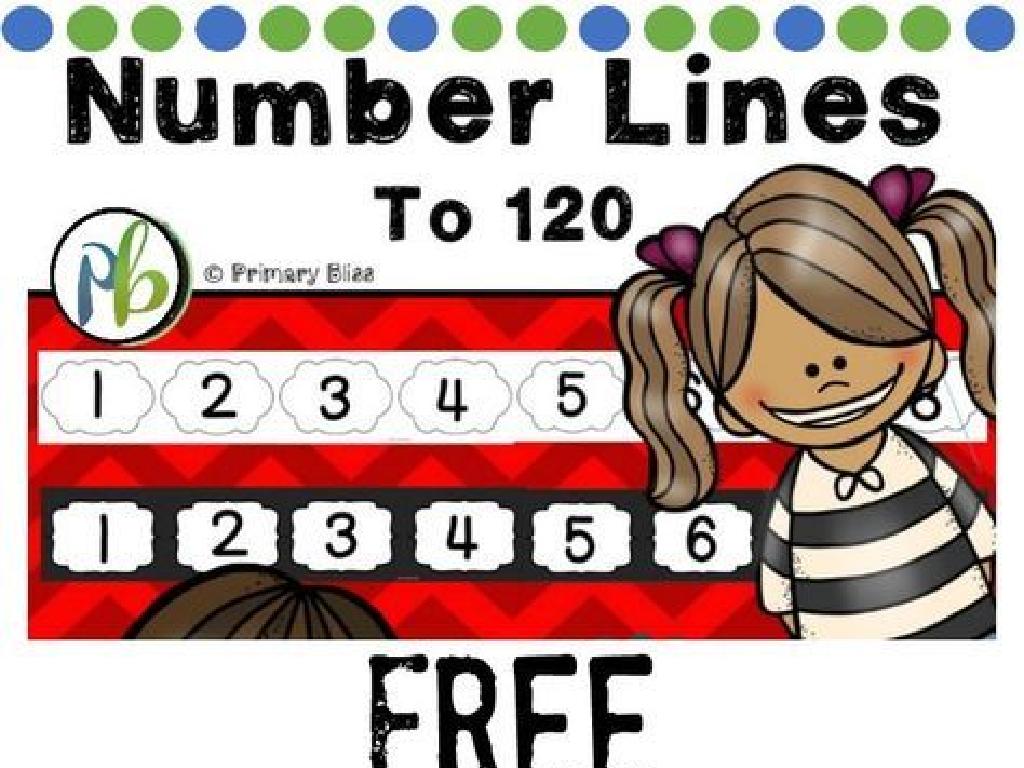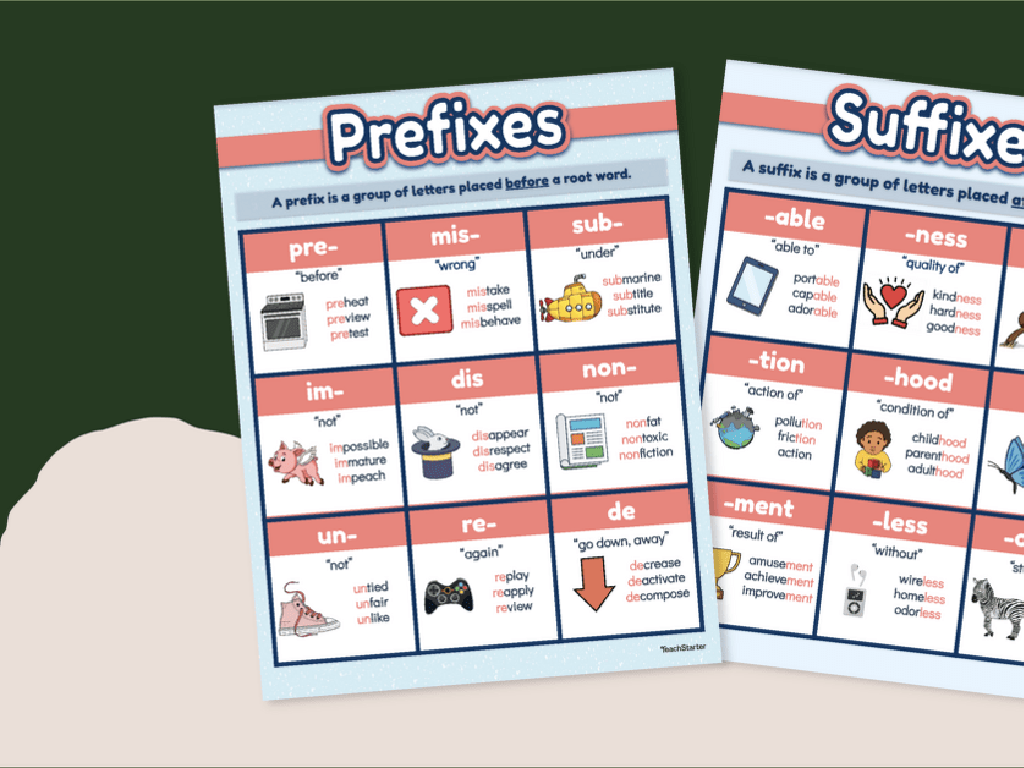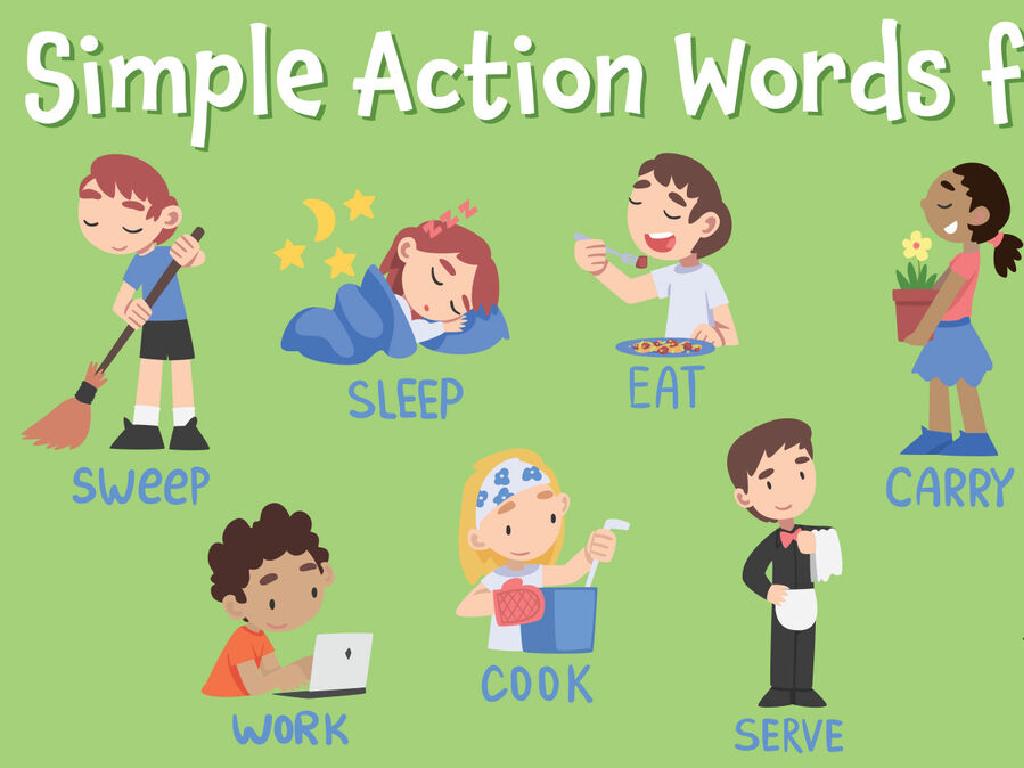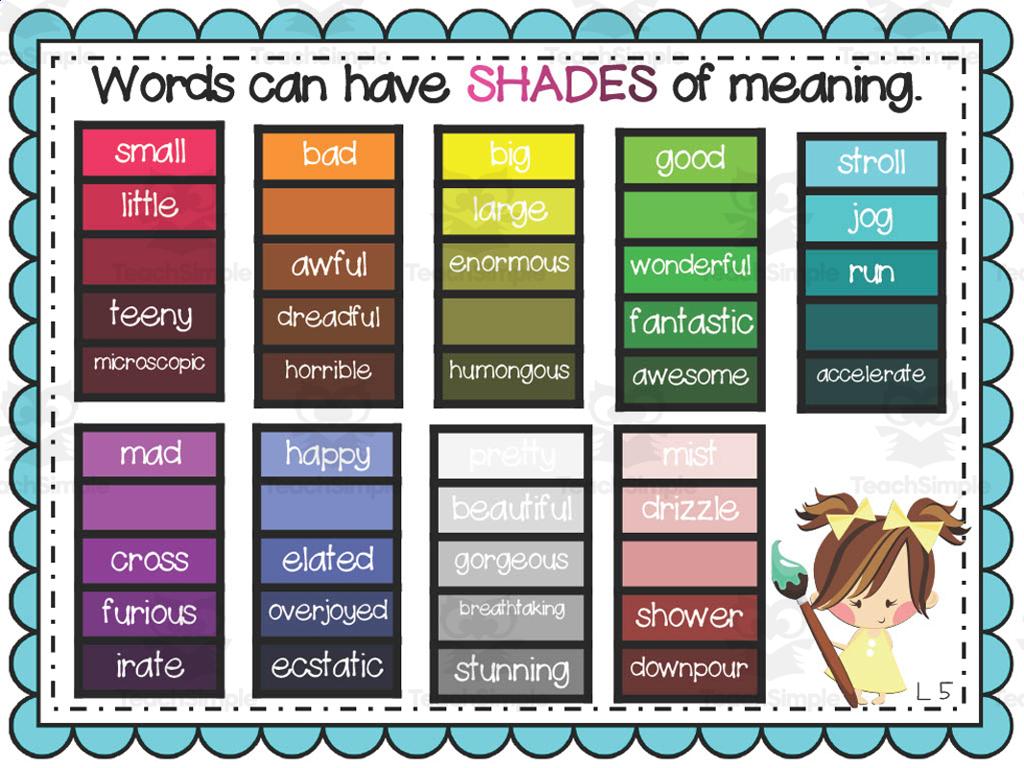Compare Different Animals' Life Cycles
Subject: Science
Grade: First grade
Topic: Animals
Please LOG IN to download the presentation. Access is available to registered users only.
View More Content
Welcome to the Animal Kingdom!
– Today’s topic: Animal life cycles
– Animals grow and change differently
– Some animals hatch from eggs, others are born alive
– What is a life cycle?
– A life cycle is the stages of growth an animal goes through
– Examples of life cycles
– Butterflies start as caterpillars, frogs start as tadpoles
|
This slide introduces first graders to the concept of life cycles in the animal kingdom. Begin by explaining that just like them, animals grow and change as they get older. However, different animals have different ways of growing up. Introduce the term ‘life cycle’ as the stages from the start of life to adulthood. Use familiar examples like butterflies and frogs to illustrate these stages, as these are changes they can visualize and understand. Encourage the children to think about what they know about these animals and how they might change as they grow. This will set the foundation for more detailed exploration of specific animal life cycles.
Animal Life Cycles
– What is a life cycle?
– It’s how living things grow and change
– Each animal has a unique cycle
– Life cycles have different stages
– Starts small, grows big, sometimes changes shape!
– Birth to adulthood to new life
– Like how a baby kangaroo grows into a big kangaroo!
|
This slide introduces the concept of life cycles to first graders by explaining that a life cycle is the process of how a living thing grows and changes over time. Emphasize that every animal, including humans, has its own unique life cycle. Illustrate the stages starting from birth, growing into an adult, and eventually creating new life. Use simple language and relatable examples like butterflies or frogs, which have distinct and observable life cycle stages. Encourage students to think about their own growth from a baby to their current age as a part of the human life cycle. The goal is to make them understand that life cycles are natural processes that happen to all living things.
Life Cycle of a Butterfly
– Butterflies start as eggs
– Tiny eggs on leaves soon hatch
– Caterpillars hatch from eggs
– Hungry caterpillars munch on leaves
– Chrysalis: A caterpillar’s rest
– Inside the chrysalis, big changes happen
– Beautiful butterflies emerge
– After rest, caterpillars transform into butterflies
|
This slide introduces the life cycle of a butterfly to first-grade students. Begin by explaining that all butterflies start as tiny eggs laid on leaves. When the eggs hatch, caterpillars come out, and they love to eat leaves. After eating enough, caterpillars make a chrysalis, which is like a sleeping bag where they transform. Finally, they become beautiful butterflies. Use simple language and encourage students to think about how this cycle is similar to or different from other animals they know. You can bring in a real chrysalis or show a video of a butterfly emerging to make the lesson more engaging.
Life Cycle of a Frog
– Frogs begin as eggs in water
– Eggs are laid in water and will hatch into tadpoles.
– Tadpoles hatch with gills
– Tadpoles can breathe underwater using gills.
– Froglets grow legs and lungs
– As they grow, froglets develop legs and lungs for land.
– Adult frogs live on land
|
This slide introduces the life cycle of a frog as a way to help first-grade students understand the concept of growth and change in animals. Start by explaining that all frogs begin life as eggs laid in water. When the eggs hatch, they become tadpoles, which look very different from adult frogs and can breathe underwater with gills. As tadpoles grow, they go through a stage called ‘froglet,’ where they develop legs and their gills turn into lungs, preparing them for life on land. Finally, they become adult frogs. Use this opportunity to discuss with students how this life cycle is similar to or different from other animals they know and encourage them to think about the changes that happen at each stage.
Comparing Life Cycles: Butterfly vs. Frog
– Both have stages of growth
– Butterflies start as caterpillars
– Caterpillars form a chrysalis to become butterflies
– Frogs begin as tadpoles
– Tadpoles grow legs and lose their tails to become frogs
– Changes happen in unique ways
|
This slide aims to help first graders understand the concept of life cycles by comparing two familiar animals: butterflies and frogs. Both animals go through significant changes from birth to adulthood, which can be illustrated through simple, relatable terms. Butterflies begin life as caterpillars, which then encase themselves in a chrysalis before emerging as butterflies. Frogs start as tadpoles in the water, gradually growing legs and losing their tails to become adult frogs. Highlight the similarities in the stages of growth and the differences in how these changes occur. Encourage students to think about how each animal changes in its own special way and to consider other animals they know and how they might grow up.
Your Turn: Life Cycle Stages
– Order butterfly life stages
– Order frog life stages
– Create a life cycle chart
– We’ll draw the stages in circles and connect them
– Share your charts with the class
– Tell us about your chart and what you learned
|
This slide is an interactive class activity designed to help first-grade students understand and compare the life cycles of butterflies and frogs. Begin by reviewing the stages of each life cycle. For butterflies: egg, larva (caterpillar), pupa (chrysalis), and adult (butterfly). For frogs: egg, tadpole, froglet, and adult (frog). Provide students with materials to create their own life cycle charts, such as paper plates, markers, and pictures of each stage. Encourage creativity and ensure they understand the sequence. After completing their charts, students will present their work to the class, explaining the order of the stages and any interesting facts they learned. This activity will reinforce their understanding of life cycles and develop their presentation skills.
Class Activity: Create Your Own Life Cycle
– Choose an animal to explore
– Draw the stages of its life cycle
– Include stages like birth, growth, reproduction, and adult
– Share your drawing with the class
– Discuss unique life cycle features
– Does it change appearance? Live in water or land?
|
This activity is designed to help first graders understand the concept of life cycles by relating it to animals. Provide a variety of animal pictures as inspiration. Students should draw and label each stage of their chosen animal’s life cycle. Encourage creativity but also guide them to include key stages such as birth, growth, and adulthood. After drawing, each student will present their work to the class, fostering public speaking and confidence. During the discussion, prompt them to think about what makes their animal’s life cycle special, such as metamorphosis in butterflies or the tadpole stage in frogs. Possible activities: 1) Drawing a butterfly life cycle, 2) Comparing a frog’s life cycle to a bird’s, 3) Creating a flipbook of a cat’s growth stages, 4) Illustrating a plant’s life cycle for contrast, 5) Acting out the stages with toy animals.





